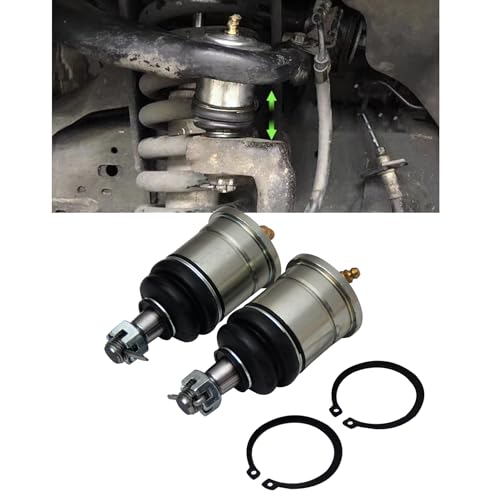As described by Martin in this thread, you can do the reset by:
* Warming up the vehicle by driving it around for 30k. Even 10k might be enough.
* Stop the vehicle and write down the value in your trip meter (note 1)
* Remove the negative lead from the battery
* Turn your ignition ON (obviously you should not see anything happen) for 10 seconds, then off again. (note 2)
* Reconnect your battery negative lead to the battery and close the bonnet (note 3)
* Get back in, start the car and drive gently for a while, then shut the car down again.
You can use the pedal sequence in this post but it's not as simple as the above.
Notes:
1. You only really need to do this if you use your trip meter to help monitor fuel consumption. If you don't care, don't bother!
2. The goal is to discharge all of the power from the ECU so that it "forgets" everything. The ECU is supposed to "learn" while you drive, so that it improves performance, but like any "intelligent" system it invariably gets it backwards sometimes and we have the opportunity to fix this with this technique.
3. I strongly caution anyone, before considering connecting the negative lead to the positive lead, to test with a multimeter that there is NO voltage present across the two leads before doing so. If there is ANY power in the system, there is a risk that you can damage the ECU and everything from that point on is expensive. Make sure you have drained the power by turning the ignition on before touching the leads together - better still, don't bother touching them together, because by turning on the ignition, you've already drained the power.
* Warming up the vehicle by driving it around for 30k. Even 10k might be enough.
* Stop the vehicle and write down the value in your trip meter (note 1)
* Remove the negative lead from the battery
* Turn your ignition ON (obviously you should not see anything happen) for 10 seconds, then off again. (note 2)
* Reconnect your battery negative lead to the battery and close the bonnet (note 3)
* Get back in, start the car and drive gently for a while, then shut the car down again.
You can use the pedal sequence in this post but it's not as simple as the above.
Notes:
1. You only really need to do this if you use your trip meter to help monitor fuel consumption. If you don't care, don't bother!
2. The goal is to discharge all of the power from the ECU so that it "forgets" everything. The ECU is supposed to "learn" while you drive, so that it improves performance, but like any "intelligent" system it invariably gets it backwards sometimes and we have the opportunity to fix this with this technique.
3. I strongly caution anyone, before considering connecting the negative lead to the positive lead, to test with a multimeter that there is NO voltage present across the two leads before doing so. If there is ANY power in the system, there is a risk that you can damage the ECU and everything from that point on is expensive. Make sure you have drained the power by turning the ignition on before touching the leads together - better still, don't bother touching them together, because by turning on the ignition, you've already drained the power.























